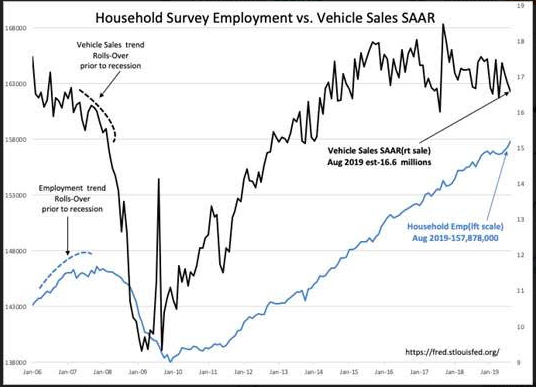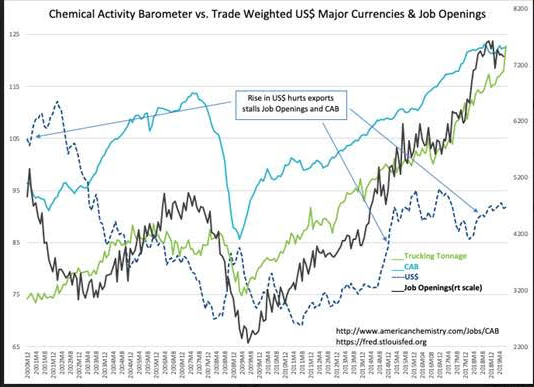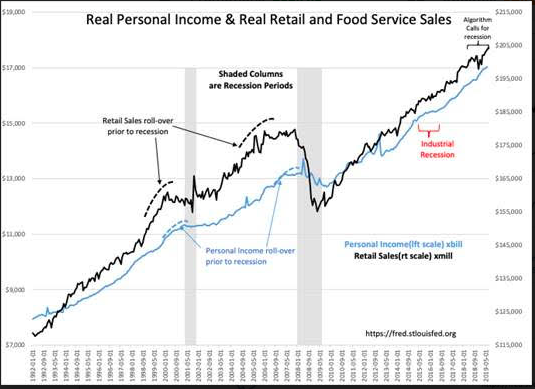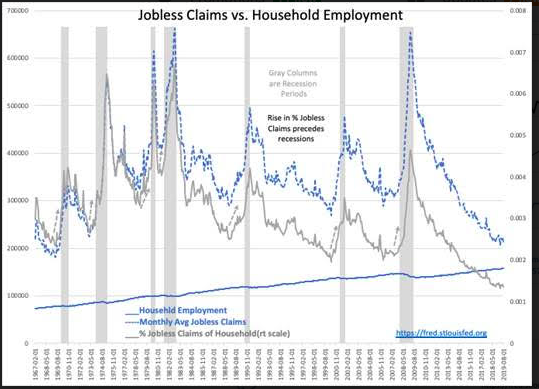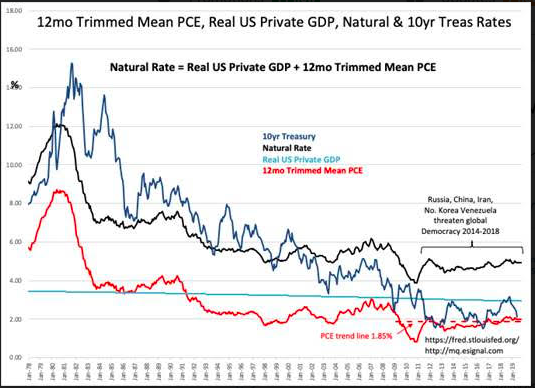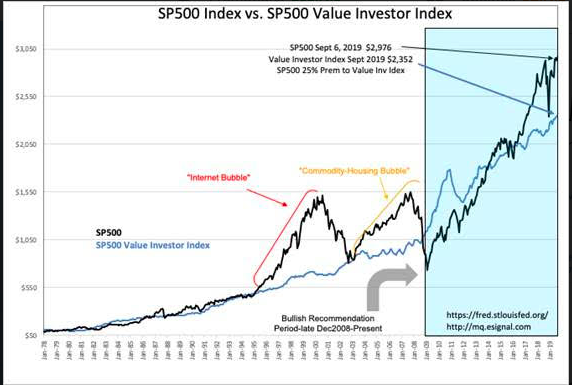“Davidson” submits:
Household Survey Employment grew 590,000, far above the 130,000 reported by the Establishment Survey. The Household report, a statistical survey, covers self-employed while the Establishment report, from established payrolls, does not. What matters most is the trend. The Establishment reports are routinely revised with August notoriously a low number with spotty reporting due to being a vacation month. On balance, employment continues to expand on the same trend since 2009. Light Weight Vehicle Sales Seasonally Adjusted(SAAR) remain steady as new entrants to the economy maintain demand for personal vehicles.
A good perspective for current conditions is Jobless Claims vs. Household Employment expressed as a % of Household Survey Employment. Since 1967, this indictor rises sharply prior to recessions. The rampant fear that a recession is either in progress or imminent is not supported by any of the economic data. The % Jobless Claims of Household Employment remains in a downtrend and is a strong indication that labor demand remains quite strong even with the current expansion cycle being the longest recorded. That Retail Sales and Personal Income continue to establish record levels is a result of higher employment. That the Chemical Activity Barometer(CAB), the Trucking Tonnage Index and Job Openings levels remain strong are complementary signals for continued economic expansion.
What has been incredibly surprising is that so many have convinced themselves that we have entered a recession environment when the data remain positive beyond reproach. The current investment opportunity presented is unique and without precedent in my review of market history.
Inflation as reported by the Dallas Fed’s 12mo Trimmed Mean PCE is 1.99% which leaves the ‘Natural Rate’ at 4.94%. Using the ‘Natural Rate’ to capitalize the long-term SP500 EPS trend indicates that the SP500 is ~25% premium to the Value Investor Index. Since 1978, the Value Investor Index has been useful at identifying significant lows in the SP500. Not as useful, yet still meaningful, the SP500 develops Value Investor Index premiums in the 60%-100% range during previous speculative peaks. Extending forward to 2023, the SP500 would need to reach $5,000 to match 60% premium levels.
Substantial equity returns remain for patient investors as we work through this unusual period of pessimism in my estimation
